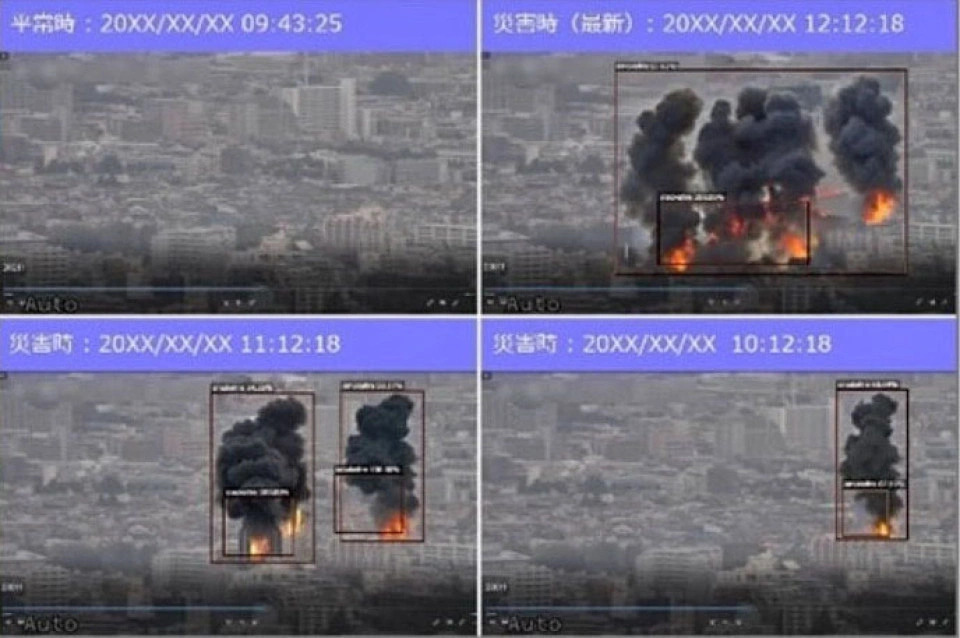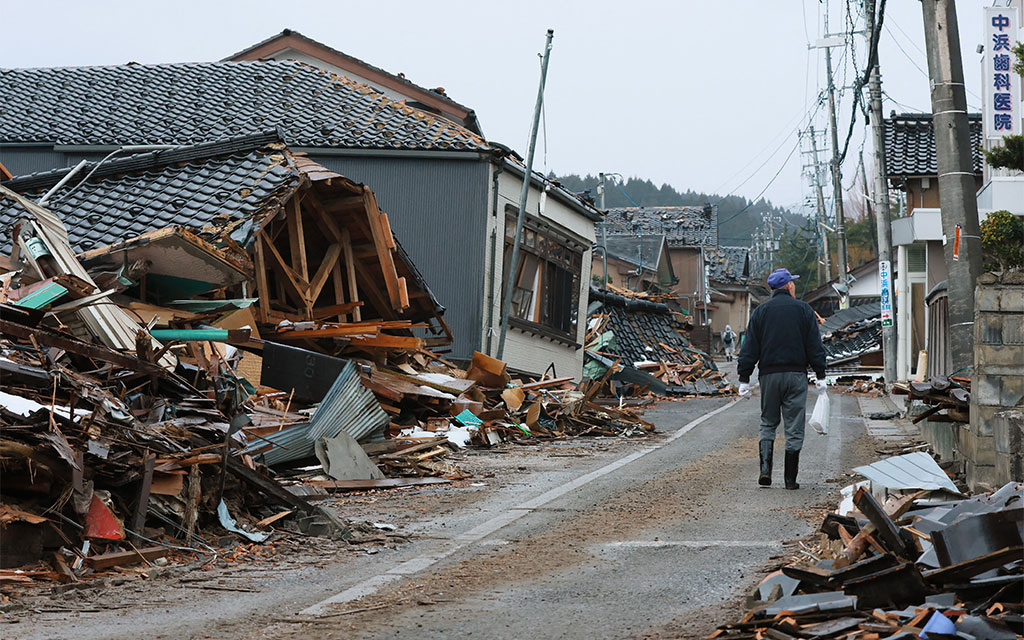The posting of information on the AI system’s deployment was made in light of the recent warning Japan has issued about the possibility of a massive earthquake around the Nankai Trench.
On August 13, Kyodo News Agency reported that the government of Tokyo, the capital of Japan, has implemented an artificial intelligence (AI) system that uses overhead surveillance cameras to identify building collapses and fire events. in real time, speeding up the first emergency reaction in the case of significant earthquakes.
High-resolution camera video will be analyzed by this system. As a result, there are three cameras in the city: one at the bridge next to Tokyo Bay, one in the west, and two at the Tokyo Metropolitan Government Building.
The entire rollout of this technology started in March of last year. It is anticipated that two additional cameras will be turned on at the Tokyo Skytree television tower by the end of the fiscal year that ends in March 2025, extending the viewing area to almost every district in Tokyo as well as some places in the west of the city. road.

The armed forces, the fire department, and law enforcement get information from this AI-controlled system that automatically assesses the extent and severity of damage caused by building collapses and fires. Japanese military forces should be able to act more quickly.
Additionally, AI can create reports and maps of the relevant region by analyzing camera video to detect smoke plumes and the degree of building damage.
AI can also identify regions with a high density of wooden homes, which aids authorities in prioritizing action by identifying places at high risk of harm.
In the past, cameras required manual operation, which made it challenging to get precise data right away following a tragedy. The Tokyo Metropolitan Government released the following statement: “We try to use advanced technology to quickly assess the full scope of the damage.”
The Japan Meteorological Agency (JWA) initially warned of the possibility of a mega-earthquake around the Nankai Trench, which connects central and southern Japan, last week, according to the Kyodo news agency.
An earthquake in the Nankai Trench might produce a tsunami that is two to 2.6 meters high and travels over the Tokyo Bay area, according to a 2022 estimate made by the Tokyo government.
Furthermore, during the next 30 years, there is a 70% risk that a significant earthquake may strike directly beneath Tokyo. An intense earthquake with a center of rupture south of Tokyo may claim around 6,100 lives and destroy over 194,000 structures.



